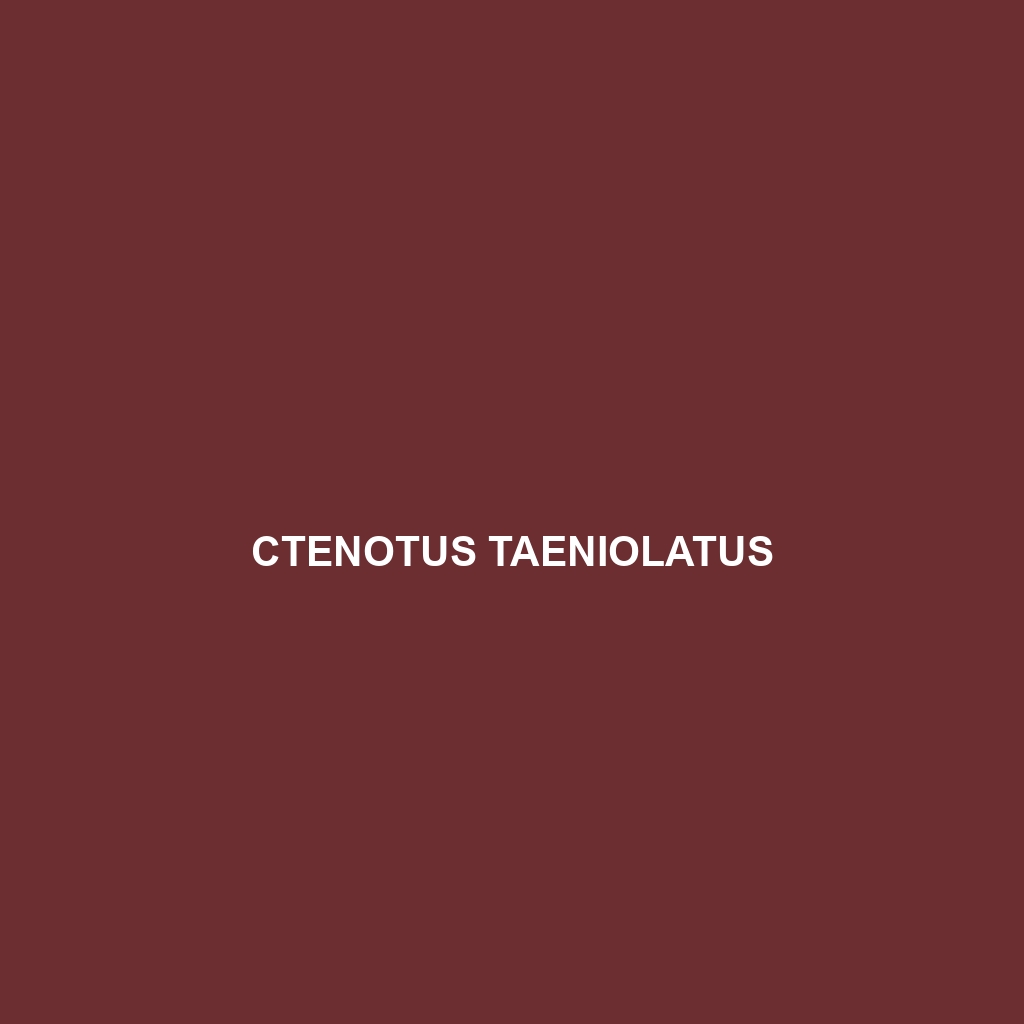<b>Egernia eos</b>, also known as the Eastern Spiny Skink, is a medium-sized skink native to Australia, thriving in diverse habitats like rainforests and savannas. With a striking combination of earthy tones and bright blue tails, these social lizards exhibit fascinating behaviors and play a crucial role in their ecosystem by controlling insect populations and aiding in seed dispersion.
Tag: lizard social behavior.
Diporiphora adductus
Diporiphora adductus, a medium-sized lizard found in subtropical Australia, adapts well to various habitats including woodlands and urban gardens. This insectivorous species exhibits remarkable camouflage and active diurnal behavior, playing a vital role in controlling insect populations within its ecosystem.
Delma borea
Southern Delma (Delma borea), a slender, nocturnal lizard of southeastern Australia, known for its sandy to light brown scales and fossorial lifestyle. This species plays a crucial role in its ecosystem by controlling insect populations and enhancing soil health through its burrowing activities.
Darevskia kopetdaghica
The Darevskia kopetdaghica, or Kopet Dag lizard, is a medium-sized lizard endemic to the rocky slopes of the Kopet Dag mountain range in Turkmenistan. With its distinctive coloration and social behavior, it plays a crucial role in controlling insect populations in its arid habitat.
Ctenotus tanamiensis
Ctenotus tanamiensis is a medium-sized skink native to the Tanami Desert in Australia, featuring slender, smooth bodies with pale brown coloration and distinctive dark stripes for camouflage. Primarily diurnal, this lizard feeds on various insects and plays a critical role in its ecosystem by controlling insect populations and serving as prey for larger predators.
Ctenotus taeniolatus
Discover the Ctenotus taeniolatus, or striped ctenotus, a slender, diurnal lizard native to Australia's arid regions, characterized by its olive-green or brown dorsal pattern with distinct stripes. This agile insectivore plays a vital role in its ecosystem by controlling insect populations while showcasing unique territorial behaviors.
Cryptoblepharus cursor
The Cryptoblepharus cursor, commonly known as the cryptic skink, is a coastal lizard found in Australia, New Guinea, and Pacific islands, thriving in rocky and tropical environments. With an elongated body of 10-15 cm, distinctive sandy brown to grey coloration, and a diet of insects and plant matter, it plays a vital role in its ecosystem while exhibiting unique behaviors such as tail regeneration and social basking.</p>
Cryptoblepharus buchananii
Cryptoblepharus buchananii, commonly known as Buchanan's Skink, is a small, agile lizard native to the coastal regions of Eastern Australia and New Guinea, characterized by its smooth, shiny scales and distinctive dorsal patterns that provide excellent camouflage. This diurnal species primarily feeds on insects and plays a vital role in its ecosystem as a predator and prey, with reproduction occurring during warmer months.
Crotaphytus vestigium
Discover the Crotaphytus vestigium, also known as the Western Collared Lizard, a vibrant, agile reptile native to the arid regions of the southwestern United States and northern Mexico. With striking colors and unique behavioral traits, this species plays a crucial role in its ecosystem as an opportunistic carnivore and a key predator.</p>
Cnemidophorus vanzoi
Description of Cnemidophorus vanzoi Common Name: Cnemidophorus vanzoi Scientific Name: Cnemidophorus vanzoi Habitat Cnemidophorus vanzoi, commonly known as the Vanzoi Whiptail Lizard, is primarily found in the subtropical forests and shrublands of northern South America, particularly in regions of Brazil and Paraguay. This lizard thrives in warm, humid environments, often inhabiting areas with rich vegetation […]









